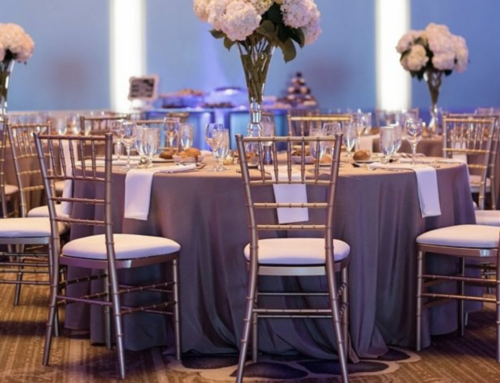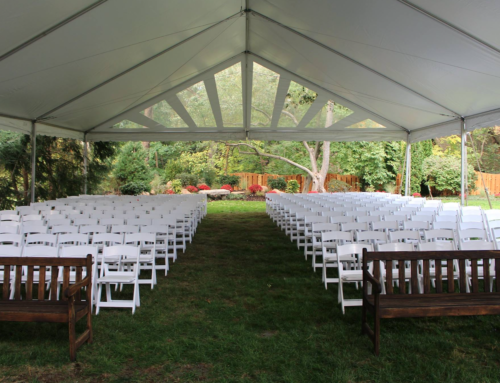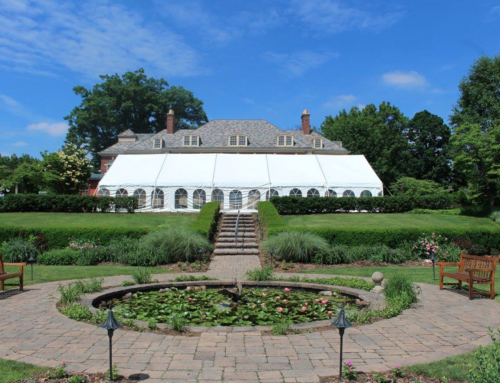The dress code can make or break the event and it is important to relay this to your attendees effectively because if guests are not happy with the dress code you have set or it is too specific it could overshadow your whole event vibe.
Generally speaking, traditional dress codes are as follows:
Casual
Contrary to popular belief this does not always encompass literally coming as you are. Avoid sweats or your gym clothes and opt for a nice pair of jeans and a daytime top. This is the kind of dress code for an informal get together for an outdoor barbeque or picnic in the park. Smart casual can be the dress code for creative and informal networking events.
Semi-Formal
This suits afternoon or corporate events and comprises of short afternoon dresses, business suits with shirts and ties. For events that also extend into the evening women could opt for a less formal cocktail dress, a long skirt with top and men could try adding a matching waistcoat/vest for the evening.
Cocktail Dress
Cocktail dress needs some effort to be put in terms of appearance and presentation, but isn’t as strict as Black Tie dress codes. For men this calls for a suit with a tie. For women this is shorter dresses (not floor length) and jewellery.
Black Tie
Evening gowns, tuxedos and traditional black bow ties are what organizers have in mind for a black tie event and it is usually accompanied by cuff linked shirts, cummerbunds for the boys and heels for the ladies. Black tie events include many charity dinners and fundraisers as well as some Galas.
White Tie
The most formal of them all this involves long evening gowns, white gloves, tailcoats and single (or double) striped matching trousers along with the obvious white tie. This has also been known as full evening dress and you can expect this at the Met Ball Gala, Royal events and some weddings.









Leave A Comment
You must be logged in to post a comment.